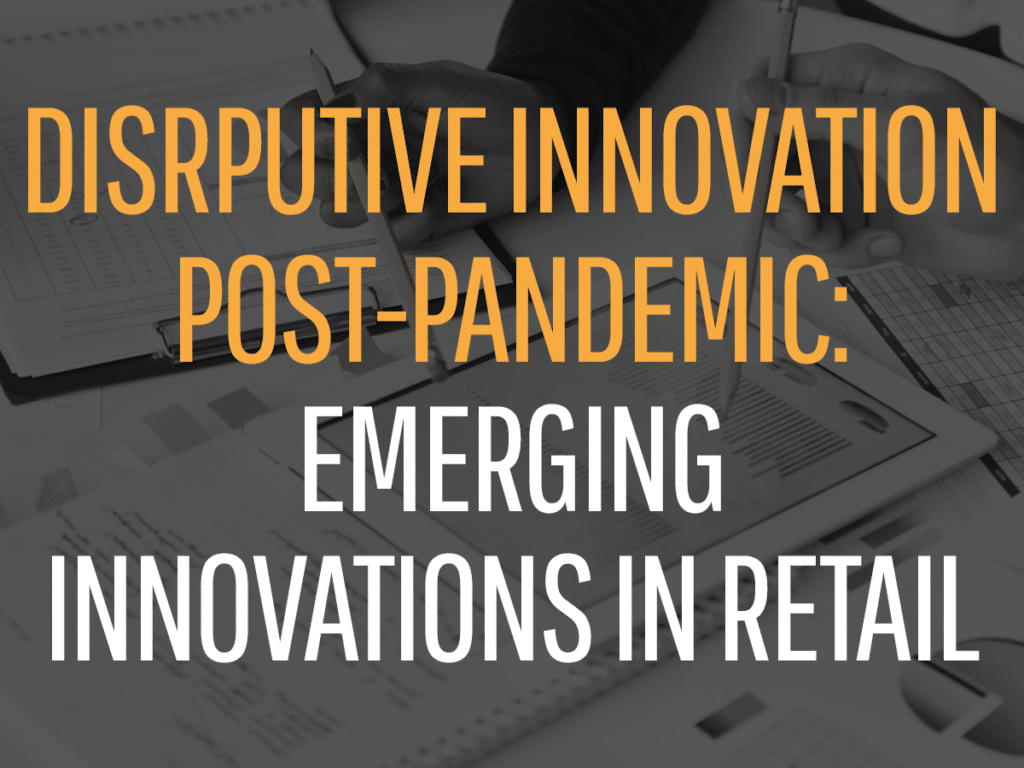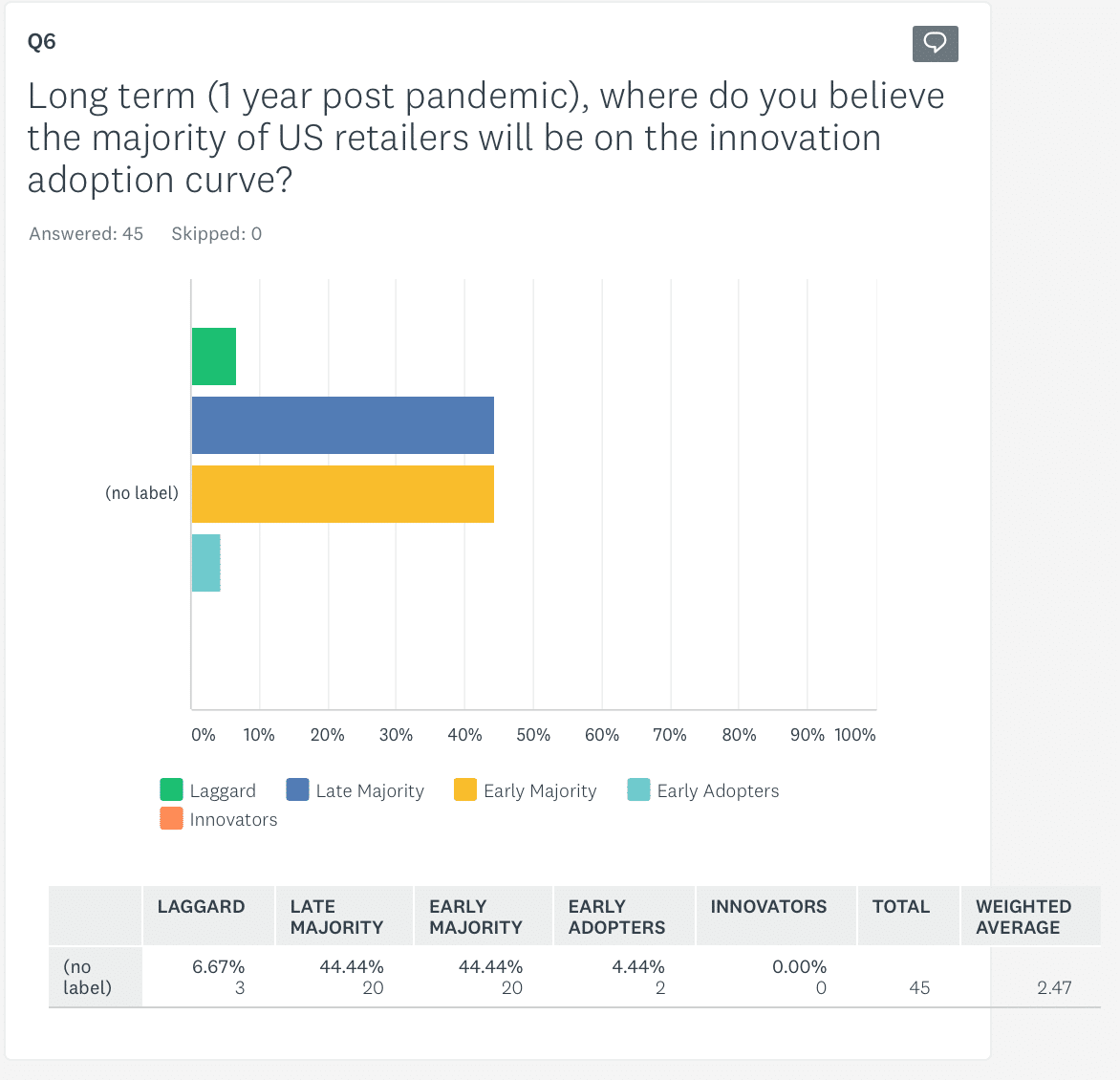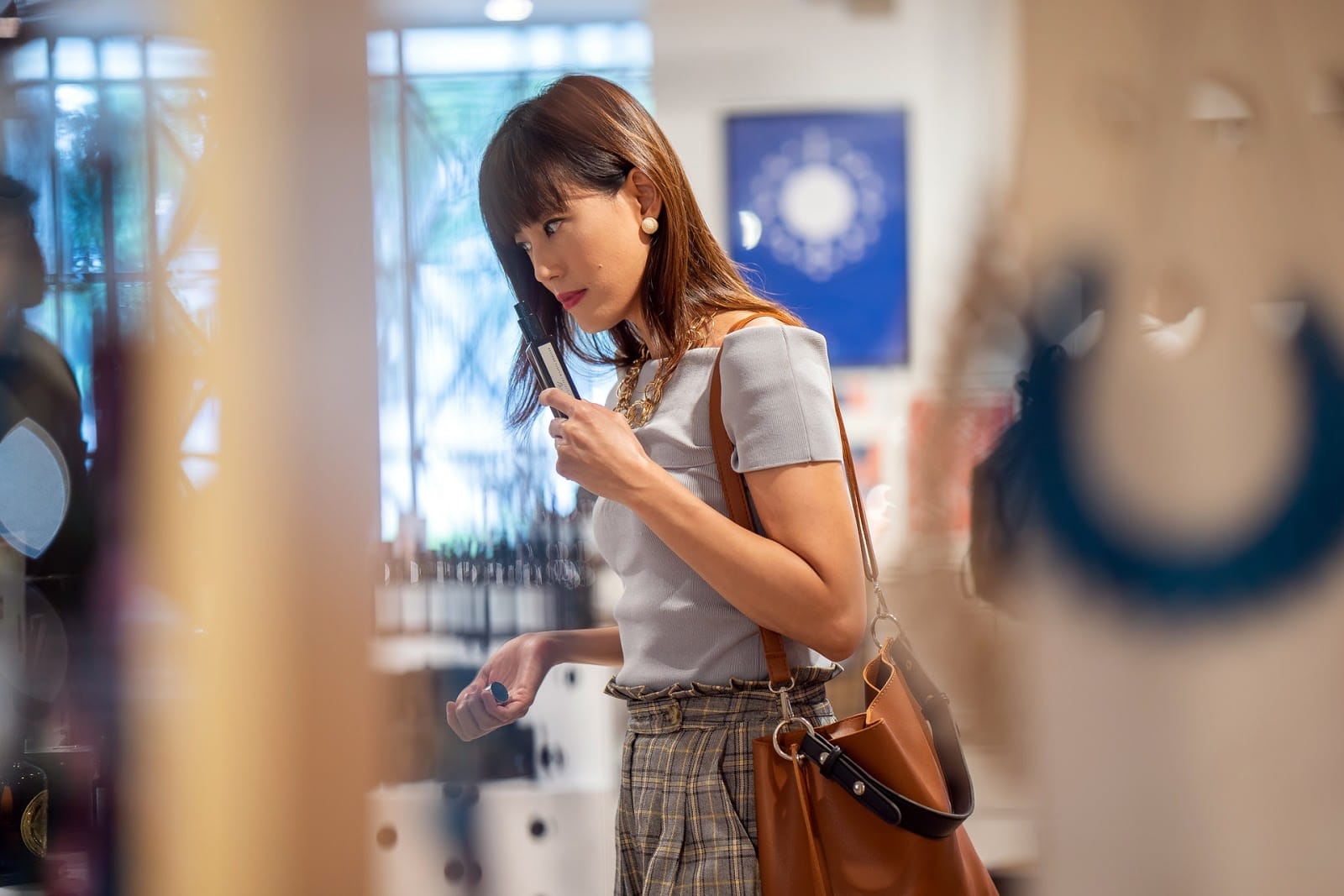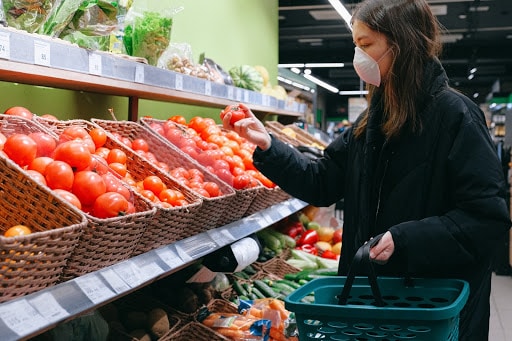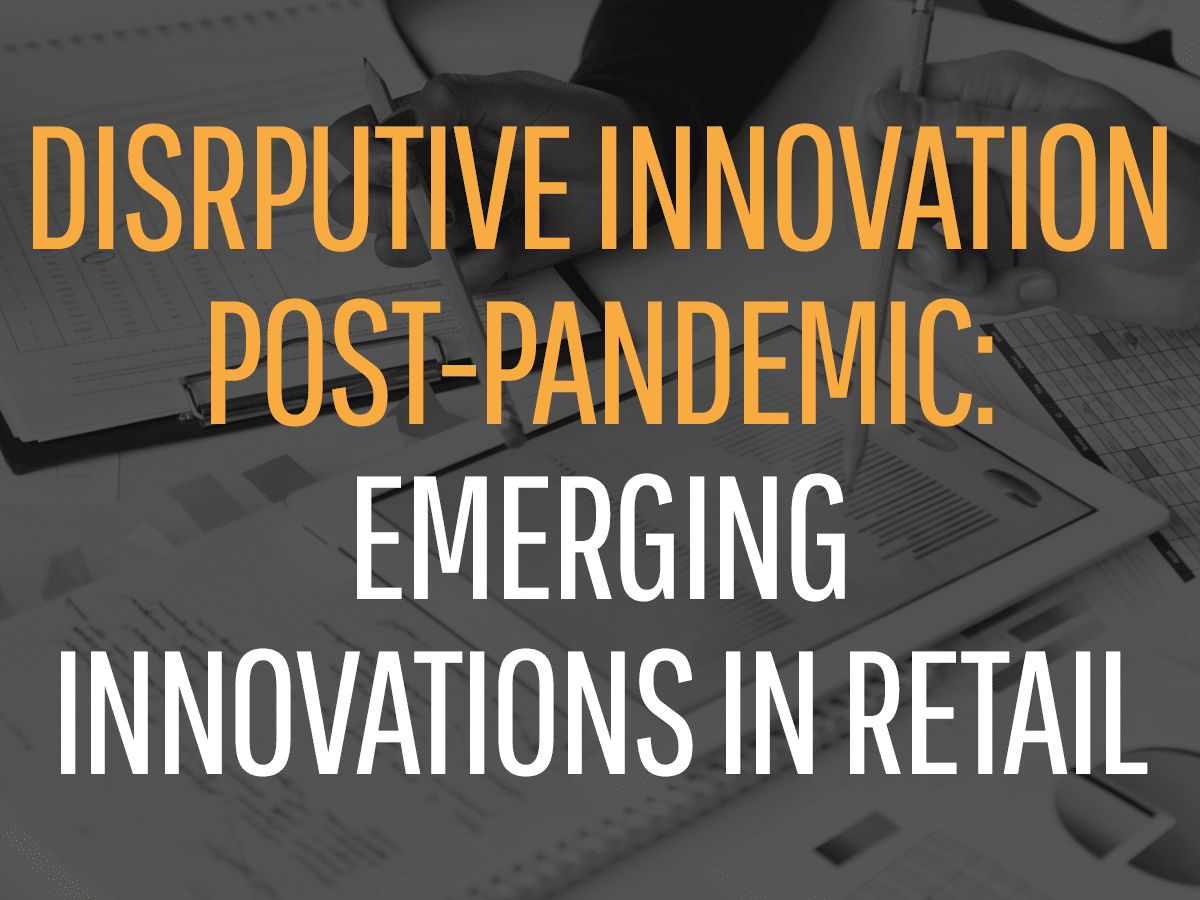Emerging Innovations in Retail
As the retail world works to recover from the pandemic’s shock, we have some new surprises in store—but this time, not bad ones. A chaotic situation has the power to shape up the status quo, forcing us to try new ideas that might prove far more effective than anything we’ve done so far.
As we said in Part 1 of this series, we’ve gathered the collective wisdom of many prominent futurists and brand marketers to help us all understand how we need to pivot during this time of change. By surveying and interviewing these thought leaders, we’ve gained a wealth of insight into what the future of retail could hold. In this segment, we’re going to discuss the innovations that we’ll see emerging in retail due to the pandemic, which could dramatically change the entire retail landscape.
Where will these changes occur? We’ll see sweeping innovations in digital marketing, survey respondents felt, followed by customer experience, technology, website design, and organizational structure. More than 86% of respondents to our survey believe that digital marketing will undergo substantial innovation, while roughly 78% feel customer experience is reshaping. Read on to learn more specifics about the ingenious solutions that could forever change how we conduct business!
Technological Innovations
Certain advancements that once seemed inevitable but far off are going to quickly become the new reality in the foreseeable future (think self-driving cars and drone deliveries). The pace of innovation will skyrocket as companies respond to the current disruption. Other changes we may never have predicted will also soon be the new norm.
Becoming an early adopter of some of these practices can put you ahead of the competition. In our survey, respondents predicted that most retailers would be the early majority or late majority adopters of innovations over a one-year post-pandemic period.
The pace of emerging innovations in retail will soar in the coming months as companies strive to lead the way on the technological front. Retailers will experiment with technology and robotics in ways they may never have considered before COVID-19.
“What is old is new again, digitized,” says Duane Forrester, VP of Industry Insights for the technology firm Yext. The same steps in the customer journey still exist, but they need to be packaged differently to ensure safety and loyalty. Brands would be well advised to consider whether they can become early adopters of some of the following technological innovations in the coming months:
- Creative forms of delivery that minimize contact, like delivery by drones or self-driving cars.
As many stores become fulfillment hubs, contactless delivery will become increasingly popular.
- Touchless checkout.
- Virtual fitting rooms that customers can access online.
- Robot store attendants or other types of robots (not necessarily humanoid ones).
- Antimicrobial packaging and self-cleaning covers for certain in-store items.
Finding creative ways to engage with customers will be critical. For instance, Nike saw a 30% rise in China’s sales during the first quarter of the year—while the pandemic was sweeping the country in full force—when it featured home workouts on its mobile app.
The Use of Robots
Customer expectations and safety considerations will guide what tasks robots are designed to handle. It could take time for consumers to accept the presence of robots in a broader range of roles, such as those that involve giving advice.
Human interaction could begin to cost more due to the potential hazards and precautions needed. “Affluent customers may pay a premium for human interaction,” says Karen Harris, a leading macro strategist. “But many consumers would rather pay less and embrace the value of robots and automation.” Thus, we could see humans having more of a presence in higher-end stores. Meanwhile, we’ll see creative uses of robots within physical stores, helping unaffiliated humans to keep their distance from one another.
“Robots are often not what we think they are,” says Forrester. He explains that “We like to envision a robot as having a torso and arms or legs” and mimicking human activity. However, we already have robots operating in the background unnoticed in many contexts, and they’ll soon become commonplace. For example, he says, a robot could simply be an automated refrigerator that puts out almond milk containers two at a time, so customers don’t take more than their fair share. The robot can also be an RFID system that alerts customers about how many items they can take based on inventory or a device that alerts customers about coupon deals they might be missing out on.
Forrester adds, “It might be a scenario where you put the third and fourth one in [your basket], and then the system alerts you and says, ‘Hey, did you know we can give you this insiders’ coupon if you buy a half dozen of those?’ Boom, suddenly, you just sold two more.”
Virtual and Augmented Reality
We’ll see the shift to virtual reality and augmented reality happen more quickly due to COVID-19. Edie Weiner, president, and CEO of The Future Hunters (a leading futurist consulting firm) imagines virtual stores becoming commonplace and perhaps being featured in virtual game worlds.
“Enterprising retailers have a completely new canvas on which to experiment. Those that cannot reimagine will have little ability to be relevant, successful, admired, or necessary,” she says.
Home-shopping networks might make an appearance in the digital realm. Companies’ ability to deliver a more immersive brand experience and human touch will be crucial to their success—which virtual and augmented reality could help with. For example, customers could examine a high-resolution 3D image of the product they’re considering up close as though it’s in the room with them.
Smart sensors
Weiner predicts seeing geopositioning technologies with alerts that go off in real-world stores when people who aren’t shopping together get too close to one another. Likewise, sensors could use colored light to show how recently someone cleaned a surface, and nano fabric covers on certain items like books could sterilize them as people touch them.
3D printing
Meanwhile, 3D printers could produce replacement parts for many products on-site, rather than having to order them and wait for shipment, says McGrath. For instance, parts could be produced in-house for use in a company’s manufacturing equipment or made and sold to customers who need them.
Technological innovators are poised to reap major rewards as entire industries seek new tactics and strategies for reaching their customer base, followed by early adopters who help create a proof of concept and fine-tune ideas.
Process Innovations
Customers will expect companies to figure out how to make the shopping experience safe quickly. In essence, it will be a “race to the bottom,” and whoever figures out the best way to make it efficient and cost-effective will come out ahead.
To achieve that goal, companies will work to create process innovations like these:
- Marketplaces allow smaller businesses to thrive by telling customers which local store has a given product and arranging to ship it to their home.
- Virtual consultations and makeovers for the beauty industry.
- Lotteries with special prizes for a customer standing on a particular dot while waiting in line, to make physical distancing more fun.
- Offering sterile sample garments to try on in-store and having the actual purchased item shipped direct.
- Installing partitions for testing beauty products.
- Having the store’s staff hand customers garments at the door to try on in the dressing room.
- Making the physical retail space more open and streamlined (e.g., no end caps or other tactics for keeping customers in the store longer).
We’ll see creative blends of online and offline innovations emerging in retail, such as virtual shopping combined with the use of sterile sample garments in store. Customers could come to the physical store already knowing which garments they want to try on, rather than spending time browsing since they’ve already perused the store’s inventory online. They could select the ones they want to try on via the store’s online platform, take those garments to the dressing room after accepting them from the salesperson, and order them via their phone if they fit.
Shopping for beauty products could become more akin to a doctor’s visit, with social distancing ensured through partitions that allow customers to test products with privacy. Visits might also be made by appointment to limit the number of customers in the store at any given time.
Grocery stores could become hot real estate for product placements, as many consumers still shop there even if they wouldn’t dream of shopping for things like clothes in a physical store. Non-food brands could soon be wrestling for limited space in these venues. Stores will need to balance this demand from retailers with customers’ expectations that stores remain streamlined and easy to navigate, meaning placement opportunities will be limited and extremely valuable.
Together, these technological and process-based innovations will help provide customers with the experience they expect as the world recovers from the pandemic—and long afterward. The ingenuity arising from the urgent need to find novel solutions will deliver a more efficient, streamlined customer experience, experts, like Chameleon Collective Sean McBeth, Head of Growth/Performance Marketing, believe.
Has your company been considering any technological upgrades in response to the pandemic? If so, we’d love to hear about your experiences. With our collective brainpower, we’ll be able to not only weather this storm but also emerge more capable and proficient at serving our customer base! And stay tuned for Part 3 of this series, where we’ll discuss how eCommerce is changing the face of emerging innovations in retail.
Sources
Forbes, “Dark Stores Are the Future of Post-Pandemic Retail”
https://www.forbes.com/sites/blakemorgan/2020/04/25/dark-stores-are-the-future-of-post-pandemic-retail/#1503fe9d7826
McKinsey & Co., “Fast-forward China: How COVID-19 is accelerating five key trends shaping the Chinese economy”
https://www.mckinsey.com/featured-insights/asia-pacific/fast-forward-china-how-covid-19-is-accelerating-five-key-trends-shaping-the-chinese-economy
